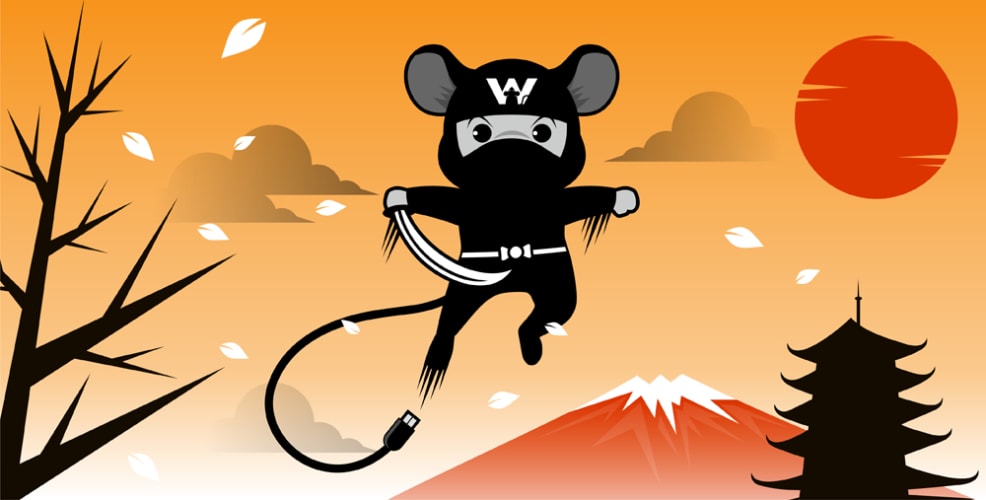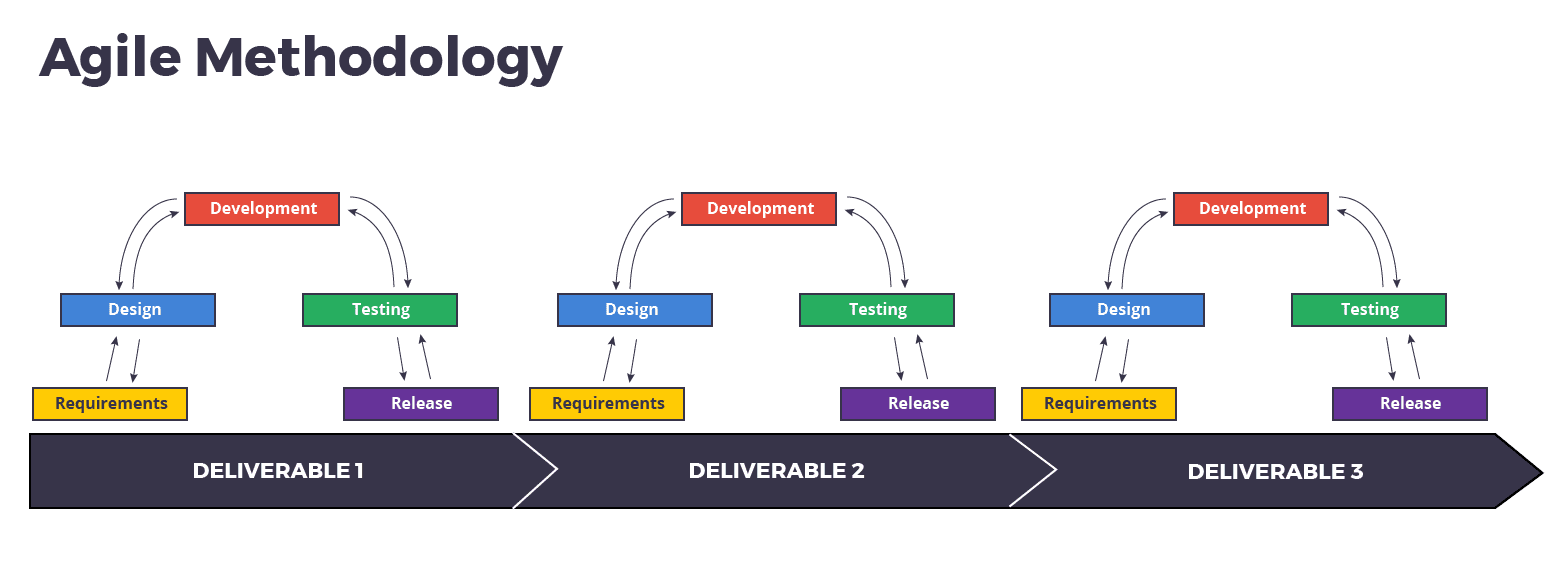If you have ever been involved in software development, I would guess you have already heard of Scrum and why it is one of the most cost and time effective methods of development. For those who haven't: Scrum methodology is an iterative development process that promotes disciplined project management and encourages teams to make frequent cycles of learning.
Implementing the Scrum methodology for your software development, at its most basic level, involves completing a series of 'ceremonies' and practices. But to go from a Scrum Starter to a Scrum Master, you have to be able to adapt and adjust the ideologies behind these ceremonies to your unique team and project. That's why we sent four of our development squad leads to become certified Scrum Masters! The result was they came back with awesome information to help the whole company level up our Scrum knowledge.
Scrum Starter Pack
Before you can become a Scrum Master, you first to have to understand the basics of the Scrum methodology. One of the most important concepts to know is that Scrum is a child of Agile methodology. This means a project that is developing using Scrum should implement active learning cycles (iterations). These help the team fail fast in order to learn quickly.
Essentially working with Scrum is like serving kids a plate of spaghetti. After coming home from a long day at work you might decide to cook spaghetti for the kids. Next, you actually make it and serve it to the kids. The kids throw a tantrum about eating it, screaming that it tastes horrible. Disappointed, you think about what could have gone wrong and consider you may have overdone the salt. You decide next time to cook with less salt (or order takeout). This is working in agile iterations.
The Scrum methodology implements four main ceremonies that create a methodology distinct from agile: conceptualisation, implementation, review and reflection.
The first of these is planning and conceptualising the product. To achieve this you should set iteration goals and acknowledge any potential learning spikes. It is important during this process to be open with your product manager or client enabling them to set realistic expectations for the project.
The second ceremony in a cycle is the implementation. This is where you actually build the product. Implementation is the part that makes Scrum distinct from the umbrella term - agile. Although this ceremony will take up majority of the development cycle, Scrum values implementation equally with its other ceremonies.
After you implement and acquire tangible evidence of your product, the third ceremony Scrum prescribes is the review. This is where you meet with all stakeholders and talk about what was achieved during development. During this ceremony, all feedback is good feedback. It is important that you are receptive to all customer feedback, whether positive or negative. As hard as it can feel to be grateful when receiving a critique of your hard work, focus on keeping the team positive about obtaining the learnings offered.
From here you move to the fourth ceremony of Scrum, the reflection. This is where you gather insights as a team about what to do better next time and discuss how problems that were encountered during this project could be prevented in the future. Reflection is a vital process to Scrum. It separates the smart from the stupid because you prevent the team from repeating its mistakes. Fool me once, shame on you, fool me twice, shame on me. It is important you aren't planning during retrospective thinking, otherwise you might miss vital learnings that will make future projects more efficient.
You can then go back to the first ceremony of planning and action your earlier learnings from the retrospectives into action. This is the overarching active learning cycle of Scrum, but active learning cycles can be applied to every part of the Scrum process.
Become a Scrum Master (Level Up)
To become a Scrum master you must understand that Scrum is less rigid than how it has been explained so far. A Scrum Master is able to adapt the general ceremonies and apply it to the specific circumstances of each unique project they work on. More importantly they educate the team on the underlying ideologies of Scrum and teach each stakeholder to value the methodology's positive impact on the project.
Level Up 1
For example, during the planning ceremony you may find that the stakeholders are struggling to come to an agreement. As a Scrum master you might try splitting the stakeholders up to sit interchangeably at the meeting table, with the aim of breaking down social barriers and encouraging a collaborative working environment.
Level Up 2
As a Scrum Master you might also recognise the opportunity to utilise the implementation ceremony for developing team maturity. This may involve encouraging each team member to run a client meeting or hold the daily morning team huddle. Allowing everyone in the team to contribute will encourage collaboration and also help individuals feel valued as part of the team.
Level Up 3
Another idea you might have as a Scrum Master is to ensure that during your review with a client your team never feels like negative feedback is undermining their efforts. You may therefore choose to also discuss the risks and issues that have been overcome, rather than only mentioning what you have been unable to achieve in the timeframe of the sprint. Highlighting these achievements is not only important for clients to understand what has been achieved with their money, but it also helps your software development team feel as though their efforts are being acknowledged.
Level Up 4
During a retrospective ceremony a Scrum Master might see that the ideas being generated by the team are far-fetched and endless. Scrum and agile methodologies need to spend more time building and failing rather than discussing hypotheticals. To speed up the process a Scrum Master might use a combination of divergent and convergent thinking. This is where you encourage the team to think divergently, each throwing around a few ideas and solutions. These ideas can range from familiar solutions to unusual alternatives. As a Scrum Master you are likely to set a time limit on this process. You can then have the team converge their thoughts by consolidating the ideas and coming up with an appropriate solution for the next iteration.
The range of ideas a Scrum Master can have are endless because the number of unique project and stakeholder combinations are endless. The important thing to keep in mind to differentiate yourself from a Scrum Starter is that just as a project iterates using learning cycles, so will the way you implement Scrum ceremonies. If you're interested in developing with a certified Scrum Master team, contact us.






